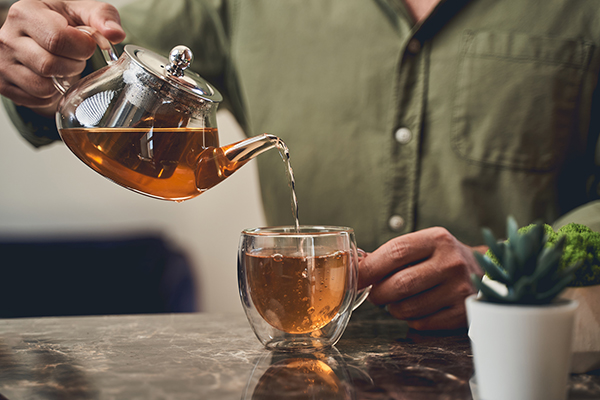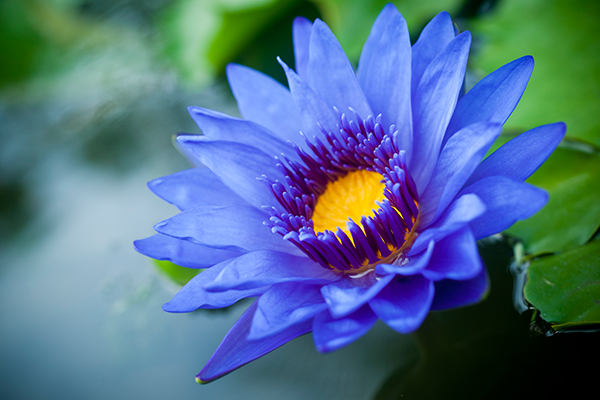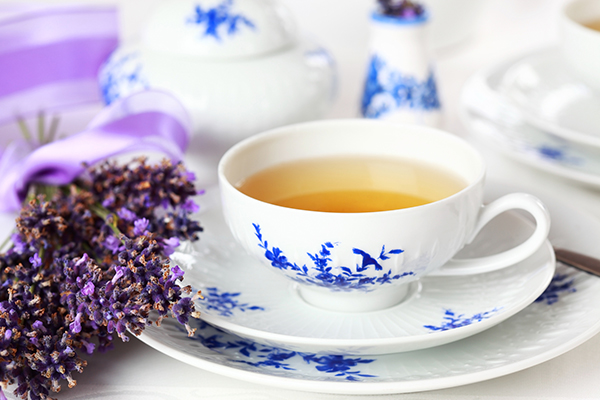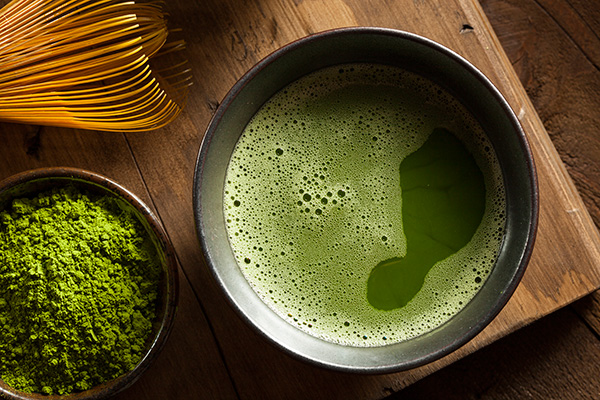Why Does Butterfly Pea Tea Change Color?
Butterfly pea tea, a remarkable beverage known for its color-changing properties, has gained widespread popularity in recent years. This herbal tea, derived from the butterfly pea plant (Clitoria ternatea), is not only known for its unique appearance but also for its numerous health benefits.
But what causes this visually stunning tea to change color?
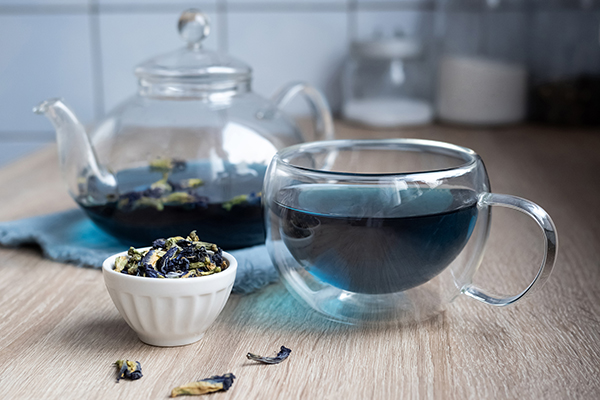
The Chemistry Behind the Color Change
Anthocyanins: The Colorful Pigments
The secret behind the color-changing ability of butterfly pea tea lies in the presence of anthocyanins. These water-soluble pigments are responsible for the vibrant blue hue of butterfly pea flowers, and subsequently, the tea. Anthocyanins belong to a group of molecules called flavonoids, which are natural antioxidants found in various fruits and vegetables.
pH Sensitivity: The Key to the Transformation
The color-changing magic of butterfly pea tea is due to the pH sensitivity of anthocyanins. In simple terms, pH is a measure of acidity or alkalinity of a solution, and it can have a significant impact on the color of anthocyanins. When the pH of the tea is altered, the anthocyanin molecules undergo a structural change, resulting in a visible color shift.
The Art of Manipulating Colors
Acidic Additions: A Shift to Purple
When an acidic substance, such as lemon juice or other citrus fruits, is added to butterfly pea tea, the pH level decreases. This change causes the anthocyanins to take on a more stable form, resulting in a shift from blue to purple. The intensity of the purple color will depend on the amount of acid added and the concentration of anthocyanins in the tea.
Alkaline Additions: A Shift to Green
On the other hand, when an alkaline substance, such as baking soda, is introduced to the tea, the pH level increases. This change causes the anthocyanins to undergo a different structural transformation, leading to a green hue. Similar to the acidic case, the intensity of the green color will depend on the amount of alkaline substance added and the concentration of anthocyanins in the tea.
Conclusion
Butterfly pea tea’s color-changing properties are not only a delightful visual experience but also a fascinating showcase of the power of chemistry. The combination of anthocyanins and pH sensitivity creates a unique beverage that can be tailored to your preferences with a simple addition of acidic or alkaline substances.


